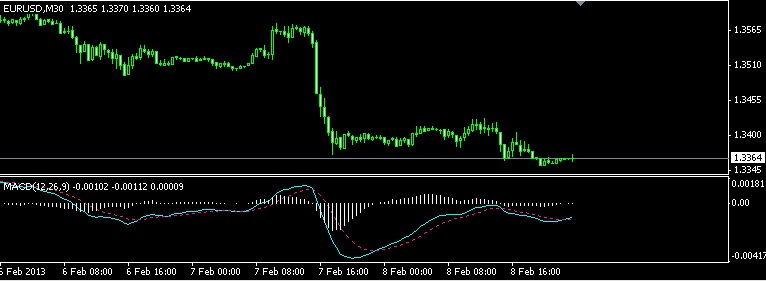As a subjective technical analysis, chart patterns can be an object of debate among traders. The truth is, you just need to make sure of these 3 things to ensure the reliability.

It's possible for two individual traders working with the same patterns to wind up with entirely different results altogether. Therefore, if you have a reliable strategy that is constructed around a few different chart patterns, you may have faith that it will give average outcomes that are comparable to those that you witnessed in your backtests.
You can very much compare the reliability of chart patterns to that of any other trading strategy you can think of. You won't be able to predict the market with perfect accuracy, but if you build a strategy around the patterns that are correct the majority of the time and generates profits on positive entries that are at least twice as high as the amount of risk you took, you should do just fine in the trading industry.
Factors Impacting the Reliability of Chart Patterns
In order to properly understand the reliability of chart patterns, you need to know about the factors that may impact them. While there are many factors, some of the most influential are as follows:
Market Conditions
Successful traders are able to take into consideration a variety of factors, including market volatility and circumstances. There is a significant difference in the reliability of chart patterns that are generated during times of excessive volatility and those that are formed during times when the market volume is within the typical range for the asset
Strong volatility can quickly invalidate setups, while low volatility can attract you into a slow market where you will lose trading fees over time. As a result, chart patterns are susceptible to being influenced by the circumstances of the market as a whole.
Trader's Discipline
After you've established that you have a great strategy, the key to your success in putting it into action will be your level of discipline. Your trading routines need to be strictly followed at all times. When the plan calls for it, you should enter positions while applying the appropriate risk management measures.
Also, make sure you leave at the right time because doing so might wind up influencing your overall trading outcomes. You should avoid entering or closing deals based on your gut instinct. This may appear to be a very simple task, yet there is more complexity here than meets the eye. Mastering the skill of self-discipline requires a lot of practice.
The Strategy
It is extremely difficult to recognize all of the chart patterns in trading. But that's not what matters most in trading with chart patterns. At the end of the day, all the knowledge about chart patterns would be useless if you can't put them into a trading strategy that is successful. The plan needs to include entry and exit parameters, in addition to an approach to risk management.
The only method to determine whether or not your technique has an advantage is to do a thorough backtest. Using a method that has not been tried and proven before may produce positive results in the short term, but you won't have any clue what to anticipate in the event of a string of unprofitable trading weeks, months, or years. Because of this, you need to ensure that you have an effective trading strategy. Otherwise, you won't be able to rely on your chart patterns.
If you're such a trend follower, there might not be a necessity for you to recognize all patterns, since there are specific trend continuation patterns that you can focus on.

 Dedicated FREE FOREX VPS
Dedicated FREE FOREX VPS Free FOREX Virtual Private Server
Free FOREX Virtual Private Server MT4 Demo Contest, Get $500
MT4 Demo Contest, Get $500 Sign Up for an Account, Claim 60% Deposit Bonus
Sign Up for an Account, Claim 60% Deposit Bonus Free MT4/MT5 VPS 2024
Free MT4/MT5 VPS 2024 Send E-mail and Get Free Merchandise
Send E-mail and Get Free Merchandise $1K Refer a Friend Bonus for Pepperstone Pro clients
$1K Refer a Friend Bonus for Pepperstone Pro clients Maximize Your Earnings with 100% Deposit bonus
Maximize Your Earnings with 100% Deposit bonus Trade to Win, $5,000 Monthly Demo Contest
Trade to Win, $5,000 Monthly Demo Contest Claim 30% + 15% Deposit Bonus from LiteFinance
Claim 30% + 15% Deposit Bonus from LiteFinance














